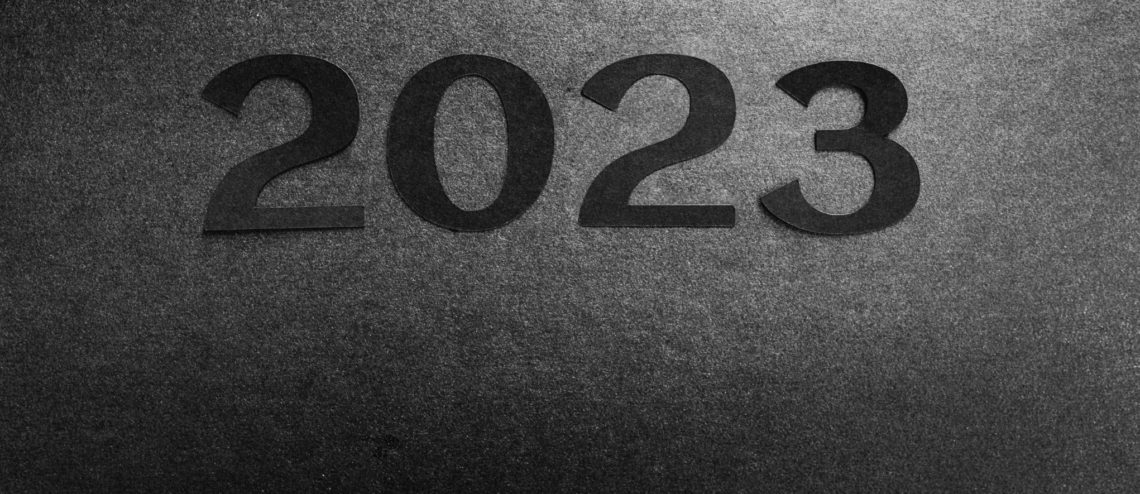Although our world is rapidly changing, some timeless advertising approaches are just as effective today. That’s because our human needs and desires remain the same.
Taken from the book “Creative blindness and how to cure it” by Dave Trott, we’ve developed a snapshot summary of these ideas and approaches, and put our own spin on things, to give you prompts and reminders that will help expand your creative thinking.
the BASIC RULES FOR ADVERTISING:
IMPACT
If it isn’t impactful, no one will notice.
And if no one notices, nothing will happen.
Simple as that.
COMMUNICATE
If no one understands it, they won’t know what we’re saying.
And if they don’t know what we’re saying, nothing can happen.
PERSUADE
If no one is persuaded, they won’t do what we want.
And if they don’t do what we want, nothing can happen.
PROVOKE
Provoke the reader. “Our job is to stand out, to provoke, to get noticed, and get remembered. Our job is impact.”
EVERYTHING IS A MEDIA OPPORTUNITY
“Everything is media.”
Look beyond the traditional media platforms.
RATIONAL CAN CAUSE an EMOTIONAL RESPONSE
A rational demonstration gets an emotional response, if it’s done well. Yet in advertising, we assume the only way to get an emotional response is with an emotional appeal. Look at history of VW advertising. For fifty years they did product demonstrations. And they built a brand that has a massive emotional appeal. Done properly, reason can evoke emotion.
DISRUPT THE COMFORTABLE
“The brief for any action must be to disrupt the comfortable. So that the comfortable becomes a bad thing. And uncomfortable becomes a good thing.”
Fear of discomfort is bigger than fear of failure.
At that point you have to seriously disrupt the process.
But make fear of failure greater than the fear of discomfort.
PEOPLE BUY STORIES
“People don’t buy the object, they buy the story.”
Generate interest and let people’s curiosity do the work. Dress it up and build a story around it, let the story do the work.
create SCARCITY
“People often don’t want something until they can’t have it, then they really want it.”
The more difficult it is to acquire an item, the more value that item has.
The scarcity heuristic has 4 main variations: quantity, rarity, time and censorship.
PEOPLE PAY MORE FOR INTERESTING
You can be right, dull and invisible.
Or you can be wrong, funny and interesting.
People will pay a lot for the latter, and nothing for the former.
SHOW, DON’T TELL
“It’s better to show people than tell people.”
Demonstrate. Avoid empty claims.
THINK ABOUT HOW THE MEDIUM WILL BE DISPLAYED IN REAL LIFE
“You see something in one situation, displayed perfectly, without any reference to where it’s going to run, and it looks terrific. But in the real situation, it doesn’t work at all.”
The target for online advertising is to see one pixel for one second. The proper way to judge your online ads is to slide them across the presentation room table as fast as you can. Then hide them and see what you can remember.
SIMPLE STICKS
Everyone understands simple.
Simple sticks in the memory.
That’s why simple works.
ALGORITHMS DON’T MAKE PEOPLE CARE
Algorithms can make sure it gets advertising in front of eyeballs.
But it can’t make people read it.
An algorithm can’t make anyone care about it or remember it.
As a creative thinker, that’s where you can make a difference!

